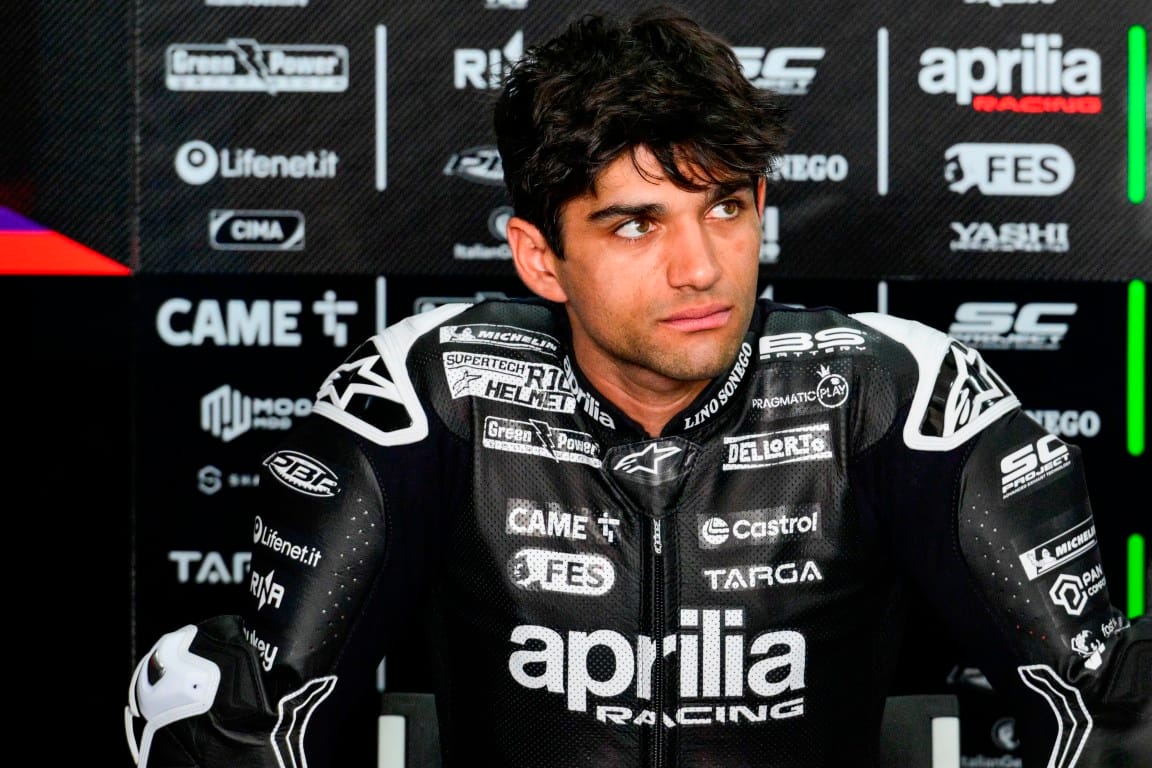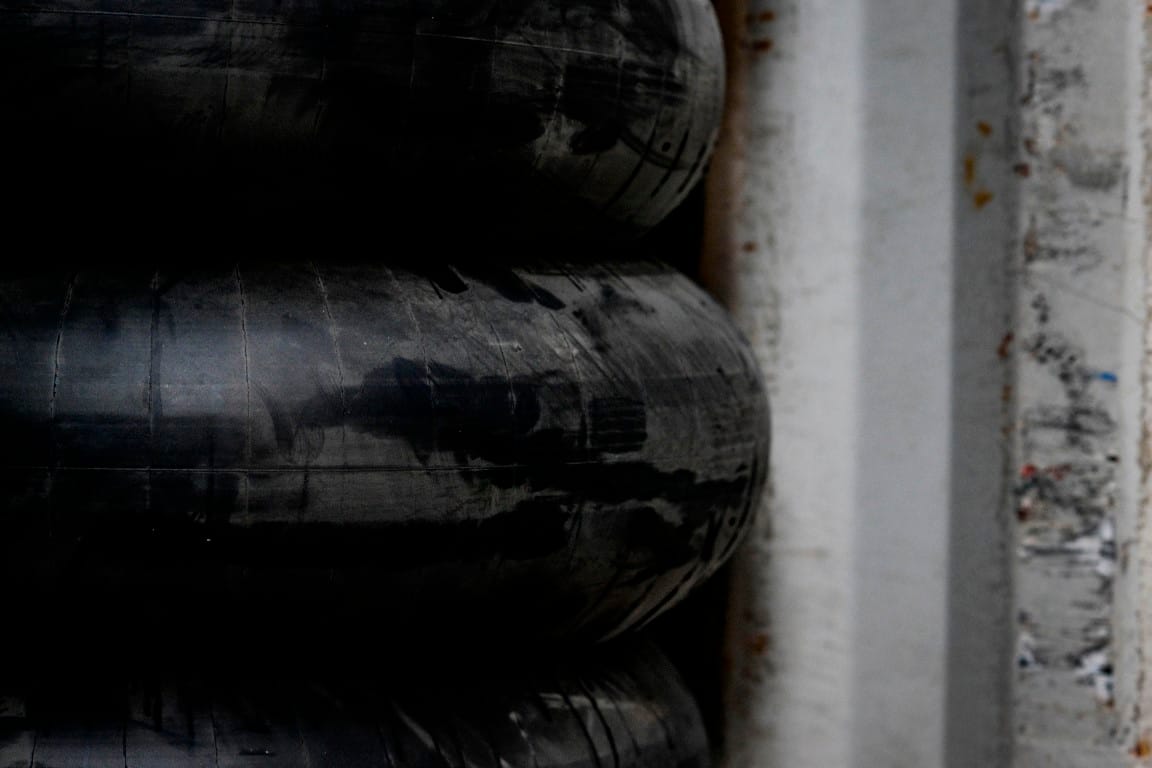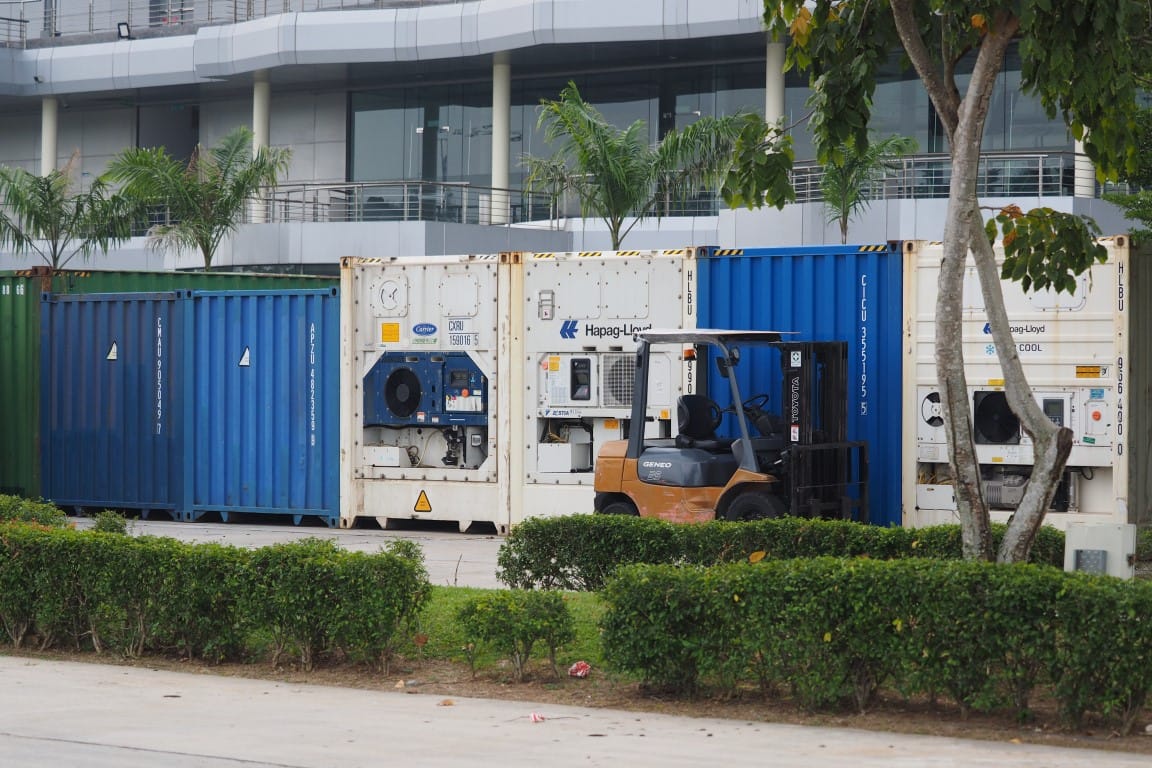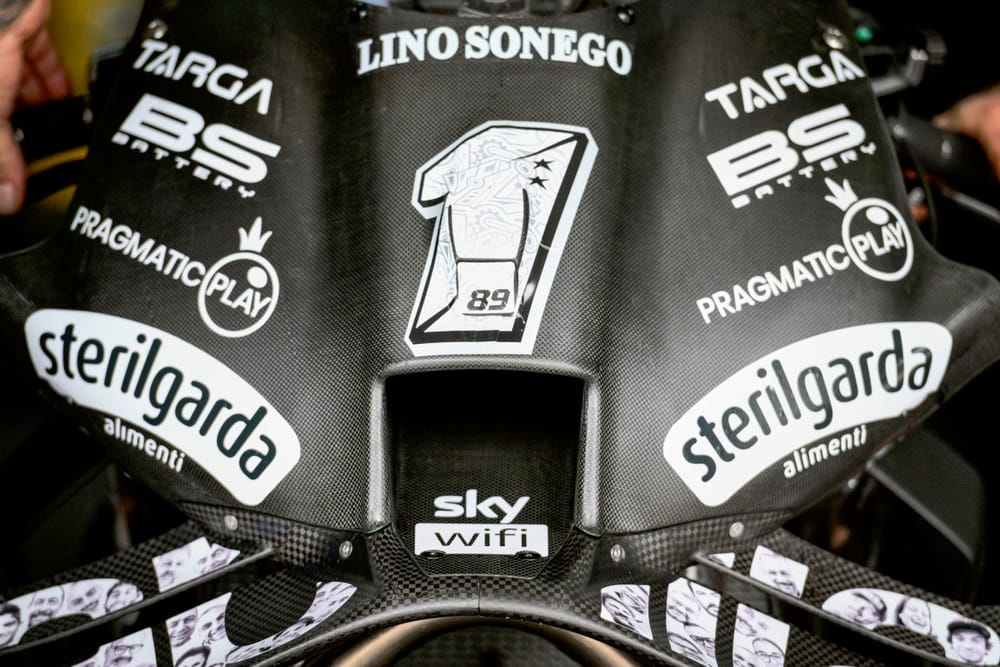Jorge Martin's MotoGP pre-season-wrecking crash at Sepang has been a source of much intrigue - and considerable behind-the-scenes discord - in the championship's paddock.
And MotoGP's control tyre manufacturer Michelin has now found itself denying suggestions that its product might be responsible - following Aprilia's insistence that neither rider error nor bike fault could account for the incident.
The crash, which was actually Martin’s second highside in only 45 minutes, came at the Malaysian circuit’s Turn 2 only two hours into the start of track action on Wednesday. It was a vicious off-throttle highside, spitting Martin into the air then the asphalt and leaving him with a broken metacarpal in his right hand and three fractured metatarsals in his left foot. He also suffered a significant head impact in the crash - with pieces coming off his helmet - but avoided any obvious injury from that.
Speaking to the media after the crash, Aprilia team boss Massimo Rivola made it abundantly clear that his team would be holding out for a satisfactory explanation to the accident - because it couldn't find one on its side.
“It was a bad crash for apparently no reason,” he explained. “No mistake from his side, no mistake from the bike’s side.
“The tyres were in the right pressure and right temperature - but we have no explanation, in fact.
“I will leave it to you to get more information. I just asked to know the curriculum, the history of the [rear] tyre. If it is a fresh one or an old one.”

Teams and riders are limited in how critical they can publicly be of the product given Michelin's contract with the championship - but Rivola’s careful words are very much reflective of the fury within Aprilia at the loss of its star rider only half a day into the 2025 season.
Michelin boss Piero Taramasso says the company has taken the same approach it usually does when an issue with tyres is suggested or suspected.
“Of course when something like this happens,” he explained, “we look at the tyre and at the data.
“Last night, Aprilia sent us the data, so now we’ll look more deeply on that, but the first thing we looked at was the history of the tyre, and from that there’s nothing strange.
"The tyre was built last season, it was never warmed up - it’s not a preheated one.
“This is the specification that we use in several tracks like Assen, Aragon, Silverstone, Barcelona, Misano.
“It’s a tyre that normally works well, and there was nothing strange about it.”
It’s worth noting that - amid an unusually crash-heavy first day of testing - there has been criticism of not so much the tyres themselves but the allocation provided by Michelin in terms of how it fits the track.

“We have not enough soft tyres on the rear,” explained Martin’s team-mate Marco Bezzecchi, "and that is the only one that is working here in Sepang.
“When I ride with the medium rear [the tyre Martin was using when he crashed], it is very difficult, very tricky. The grip level is very low. I don’t know about the crashes from the other riders, but that’s what I felt from my riding.”
Ducati's Pecco Bagnaia was another rider to allude to this, and even described Tuesday as a day to "sacrifice" in order to save the actual useable rear tyre for later in the test.
This was @88jorgemartin's awful highside in his first hours with the number 1 plate 💢
— MotoGP™🏁 (@MotoGP) February 5, 2025
He's at the hospital undergoing tests due to left foot and right hand pain. Updates will follow and in the meantime, we're sending our best wishes to the World Champ 💪#MotoGP pic.twitter.com/2UQtHKOq1w
But, given Aprilia's questions, the crash has also placed fresh focus on how Michelin handles tyres while in transit and storage.
The vast majority of the rubber was shipped, not flown, to Malaysia - then stored in the metal shipping containers in the paddock. There has been for years a paddock suggestion that spending time sitting in metal boxes in the 35°C temperatures affects the tyres - something that Taramasso was once again quick to dismiss when asked by The Race.
“It was also not sitting here in the containers in the sun for years and years,” he explained. “These are special reefers [chilled containers], they have a generator with the temperature control, and we brought it here three or four days before the test and then bring them back to France afterwards.
“They’re under temperature control in France, and the container has a special GPS sensor inside to check in real time the temperature. There’s nothing strange from that side.”

The timeline of the tyres' arrival isn't clear, though - as a Michelin spokesperson subsequently told The Race that the tyres had actually arrived three weeks ahead of the test and that the air conditioning units inside the containers were only operated at night.
This is claimed to be sufficient as the ambient temperature inside never rises above 40°C thanks to the refrigeration and insulation. And while it can be seen in the paddock that not every tyre container is air-conditioned, Michelin says that the containers that aren't store the small number of tyres that came in by air rather than sea freight, and that there are no temperature concerns on that side either.



